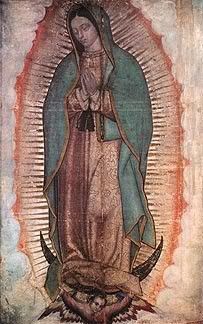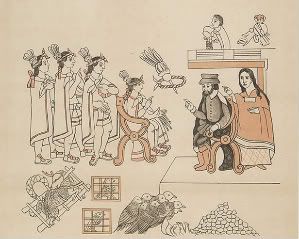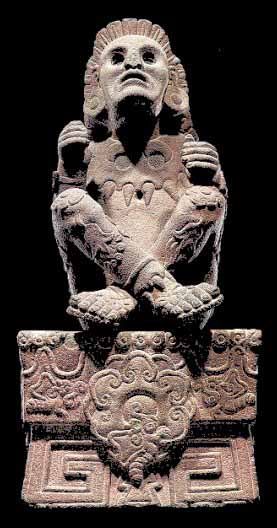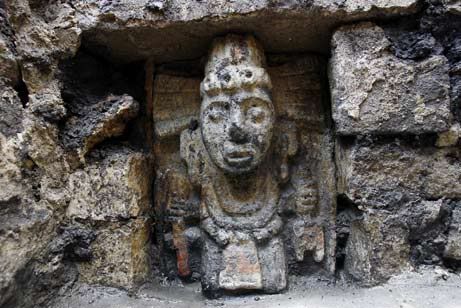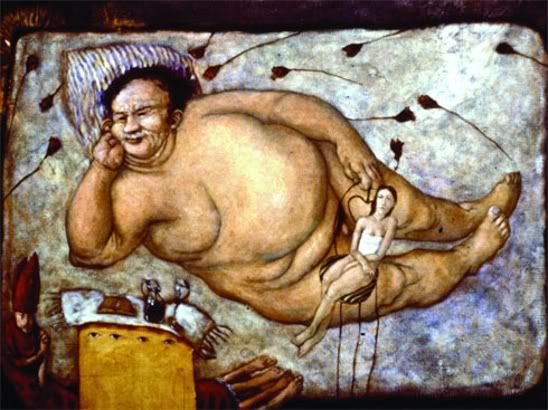
MOOLAA stands for the Musuem of Latin American Art. MOOLA is located in Long Beach, California founded in November 1996 by Dr. Robert Gumbier. It is the only musuem in the western United States that exclusively features contemporary Latin American art. The mission of MOOLAA is to educated the public about contemporary Latin American fine art through the presentation of collections, exhibitions, culture, and educational programs.
My research of the Freire, colonial era and indepedence era of Latin America, The Virgin of Guadualupe, and La Manlinche has help understand the artwork at MOOLA more clearly now because I now get a feel and can connect with the message the artist is trying to send through their work. Like the saying goes a pictures speaks a thousand words and with the artwork found at MOOLA that stetement is very true. Every detail in their artwork from shapes, colors, and images have some type of significant meaning or representation. Also in the artwork after doing the research you see where some of the work is inspired from in their past history.
The photo I choose was by Brooke Alfaro called The Body. A link to the picture is provided here http://www.bombsite.com/images/attachments/0000/5767/alfaro02_body.jpg. This photo provides insight to how women are forced to be with these rich and powerful men. In my research I came across many times women who where forced to be with older men because they were poor and wanted a better living. Some of the women had no choice.
Observation: In this photo I see a large man which to me represents someone who is a leader rich and his young girlfriend. In most Latin American countries people of power or wealth have beautiful young women as their wife or girlfriend.
Intepretaion: This photo represents how beautiful young woman are forced to be with older powerful and rich men against their own free will.
Judgement: I choose this artwork because I felt it showed clearly how women in Latin America were oppressed by these weatlhy and powerful men. I feel this way because the picture shows a very large man sleeping and woman with a sad look on her face sitting on her knee. She actually looks like she does not want to be there.
Questioning: Brooke Alfaro's The Body shows how women are forced against their will by these disgusting men who thave power and wealth that think they can just do whatever they want. I wonder why people are like that to where they can just force someone against there own free will. What is their thought process?
